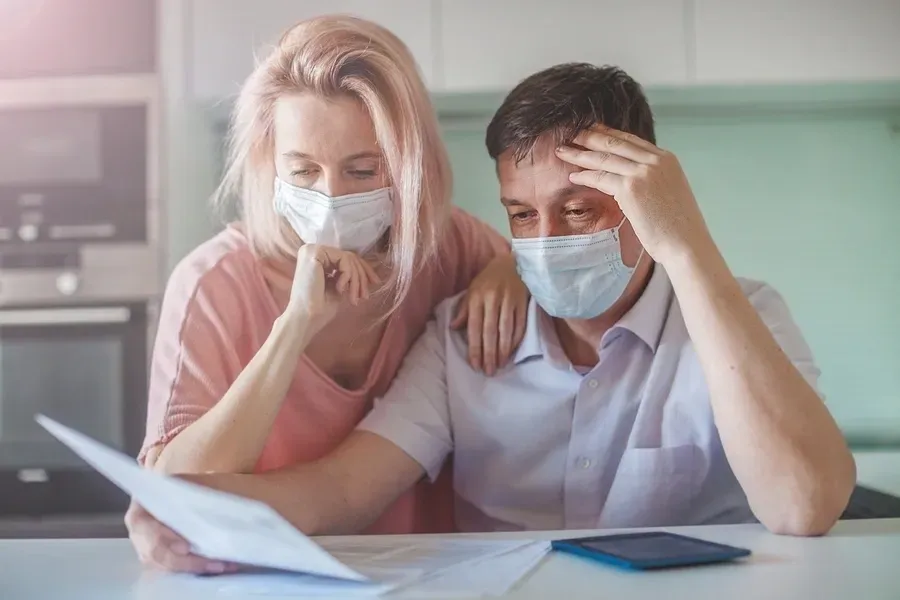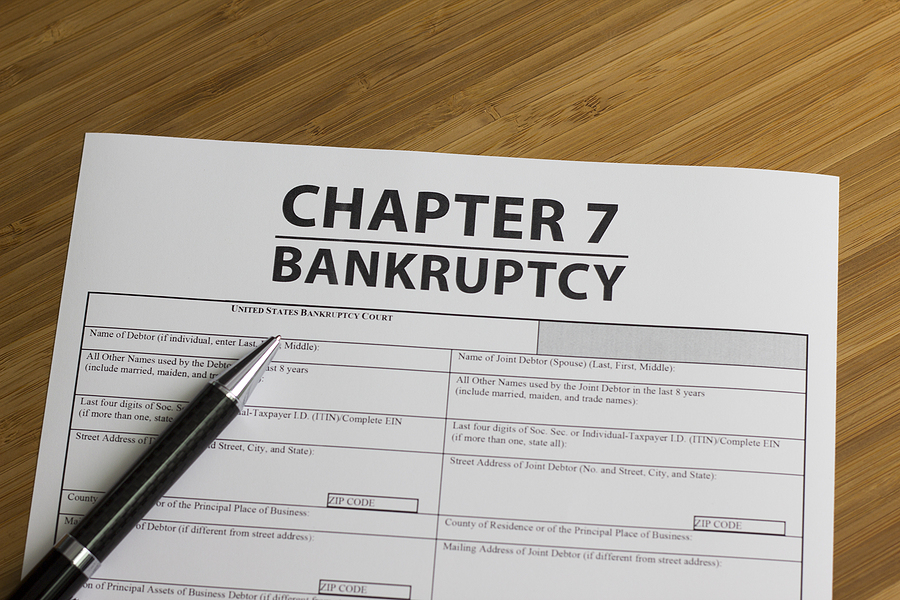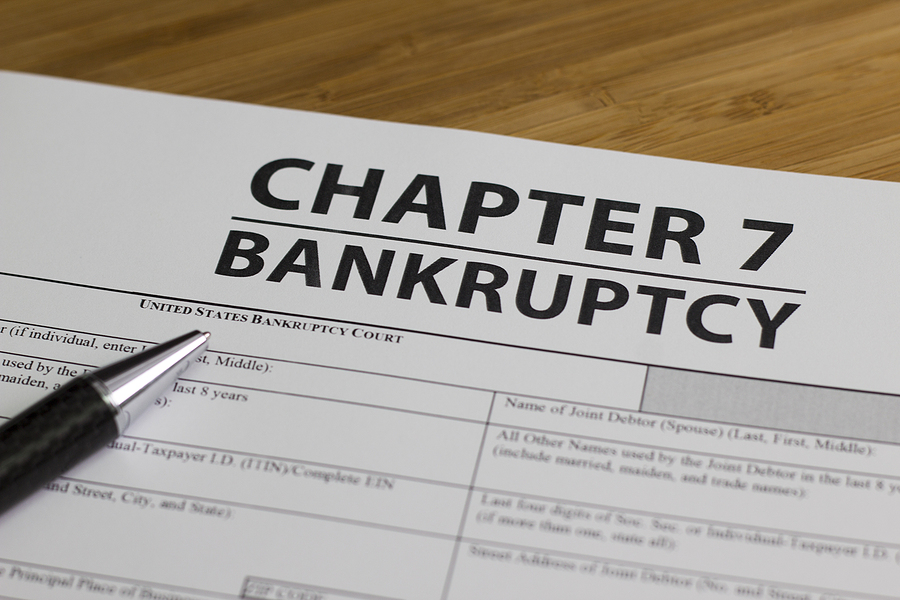Medical debt is the leading cause of bankruptcy and the number one reason people are placed into collections. Even with health insurance, medical bills can pile up and cause an undue burden on your financial situation. With the help of Kain + Henehan, a bankruptcy firm in Minnesota, you can get back on track and eliminate your medical debt.
Medical Debt Can Lead to Bankruptcy
In the United States, medical debt is the leading cause of bankruptcy filings. A recent study determined that medical debt accounts for 52% of accounts in collections. Similarly, the American Journal of Public Health determined that 66.5% of bankruptcies are a result of medical expenses. Even if someone is covered by health insurance, not all procedures and visits are covered. If someone in your family becomes sick and needs medical attention, the bills for the hospital, the rehabilitation recovery, and medication can pile up. This large stack of debt can become so overwhelming that you may be unable to pay it off. Thankfully, all hope is not lost. If you are stuck with a mounting pile of medical debt, filing for bankruptcy can help you get back on track.
Secured vs Unsecured Debts
When filing for bankruptcy there are two types of debts—secured and unsecured. Secured debts are those that are backed by tangible assets. This would include car loans and home loans .These are the loans that banks can reclaim because there is a physical asset they can use to get back their money.
On the other hand, we have unsecured debts. Unsecured debts are those that were given without any collateral. This can include personal loans, credit card debts, and even medical debt. Because medical debt is considered an unsecured loan, filing for bankruptcy results in most—if not all—of your debt being erased.
Getting Rid of Medical Debt with Bankruptcy
There are two types of consumer bankruptcy that you can file in order to eliminate medical debt—chapter 7 and chapter 13. When you file a chapter 7 bankruptcy, all of your unsecured debts are eliminated. In contrast, with a chapter 13 bankruptcy, some of your medical debt will be relieved, but you will still pay back a portion of the debt.
Medical Bills with a Chapter 7 Bankruptcy
With a chapter 7 bankruptcy, all unsecured debts are discharged. There is no limit to how much can be eliminated, and there is no payment plan required. Instead, all of your debt is eliminated. However, there are specific qualifications you must meet in order to file for a chapter 7 bankruptcy. In order to determine if you meet the qualifications, you can take a means test from your state. You can find a Minnesota means test on Upsolve.
Medical Bills with a Chapter 13 Bankruptcy
When filing a chapter 13 bankruptcy, all of your unsecured debts will be lumped together into one monthly payment. The amount of debt that is discharged, is based on the current debt limits and the amount of money you can afford to pay each month.
The debt limits on chapter 13 bankruptcy change every three years. As of right now, the total amount of unsecured debts for an individual must be less than $419,275 [11 U.S.C. §109(e)]. If you owe more than this, you will not qualify for a chapter 13 bankruptcy.
A chapter 13 bankruptcy will leave you with a payment plan over the course of the next 3-5 years. This payment plan will take into consideration your income, bills, assets, equity, etc. Based on this review, the courts will order a specific amount to be paid every month. You must stick to this payment plan and see it all the way through. Otherwise, you could be facing another bankruptcy case.
Alternatives to Bankruptcy
Bankruptcy doesn’t have to be your first go to. There are a number of ways that you can consolidate and diminish your debt without using bankruptcy. This includes:
● Taking out a personal loan for debt consolidation
● Using a cash-out refinance
● Take advantage of an interest-free repayment plan
● Complete a Debtor Education Class
These alternatives can help you get your debts in order and consolidate them into a lower-interest repayment plan. But if these options are not really enough, consider the benefits of bankruptcy to get relief.
File for Bankruptcy with Kain & Henehan
Choosing to file for bankruptcy is not something that people want to do but may need to do. At Kain & Henehan we approach the subject of bankruptcy with a compassionate guiding hand. Bankruptcy due to medical debt is something we deal with almost every day. We know how difficult it can be to ask for help. If you are looking to file for bankruptcy in Minnesota, you can count on the gentle guidance of Kain & Henehan.
Our team is ready and willing to assist you in creating a plan that lets you stay on track and deal with your medical debt. Call our office today at 612-438-8006 or go online to schedule a free consultation.







